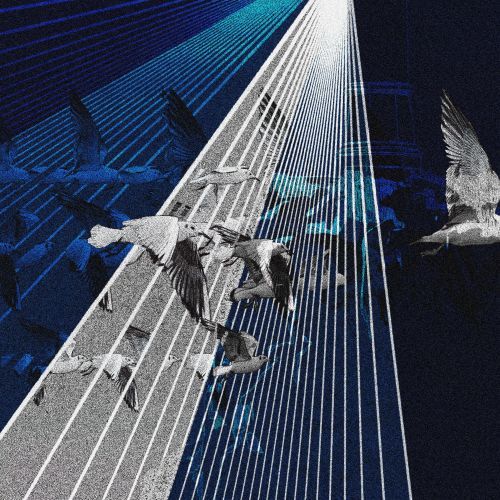Missing people, victims of wars and regimes: Argentina, Chile, Iraq and Syria
Is it possible to find a child taken away from his parents 40 years ago? Argentine publicist Santiago Barros uses artificial intelligence to create photos of adults who disappeared as children during the military dictatorship of 1976–1983. The photos are posted on an Instagram account called “IAbuelas“, which in Spanish is a combination of the words “IA” (inteligencia artificial) and “grandmother”, i.e. abuela. Using an app called “Midjourney”, Barros combines photos of missing fathers and mothers from public archives to create images of what their children might look like today as adults.
The Chilean government has announced a plan to search for victims of forced disappearances and political executions during Augusto Pinochet’s dictatorship, which began 50 years ago. The Plan Nacional de Búsqueda aims to establish the circumstances and conditions under which each person disappeared, guarantee access to government records, and provide compensation and financial security to the victims’ families.
Iraqi authorities have announced a financial reward for information on the location of the burial sites of Iraqi and Kuwaiti victims of the 1990-1991 Gulf War. According to Kuwait, the number of missing citizens in this country is 320, while Baghdad reports over 5,000 Iraqis. In neighbouring Syria, approximately 130,000 people have disappeared during the civil war that has been ongoing since 2011. The regime deliberately conceals information and forces the families of the missing to be at the mercy of intermediaries and officials. They promise information or release detainees in exchange for vast sums of money, and they often do not keep their word.























